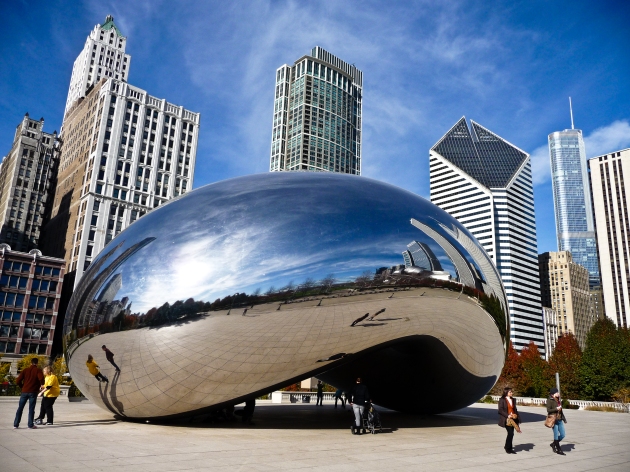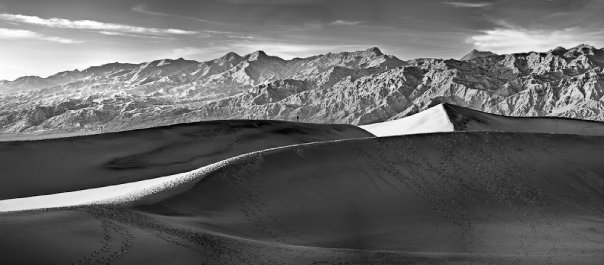Guatemala: Where the Free Market Reigns
May 20, 2012 28 Comments
Yesterday I left Panajachel for Chichicastenango, a small pueblo in the mountains of Guatemala where every Thursday and Sunday campesinos gather from the surrounding hills to sell their wares in what my guidebook calls the biggest such market in Guatemala. And big it is, occupying the entire heart of the town, radiating out from the central plaza, so dense that it subsumes the plaza within a chaos of Guatemalans dressed in traditional attire offering garments, blankets and trinkets for sale. Men wind their way through the assembled crowds and shout at regular intervals, “Matamoscas, llévese matamoscas para la piel,” imploring the throngs to protect themselves with mosquito repellant, purchasable for one Quetzal. An ambulating newspaperman repeats calmly and robotically in Spanish, “Snake-woman, snake-woman. She has the face of an old woman and the body of a snake.” Tourists are oblivious but the locals flock toward him to purchase a newspaper for a Quetzal.
There’s so much energy in this tumult of buyers and sellers, beggars, cripples, sad faces, smiling women, women of all ages carrying babies on their backs wrapped in colorful blankets, women balancing baskets on their heads filled with corn, fruits, and nuts. “No, gracias,” the few Gringos say over and over with such regularity that you might set their words to a rap beat. They fend off entrepreneurial vendors. They pause every ten paces to admire a multi-colored weaving and commence negotiations to purchase it. The market fascinates me, the way one can lose oneself in the sea of colors, the murmur of the throngs punctuated by the shouts of the man peddling newspapers. The Guatemalan sun bathes the scene in its harsh light and throws shadows all around at impossible angles. The market is fascinating but overwhelming. It’s too big, too dense, too stimulating. The mind can’t contain it all—the scene encompasses too much sadness, pain, boredom, joy, desperation, peace, anger, indifference, warmth, vigor, triumph, surrender. There’s too much humanity here, there are too many interwoven realities and fates, too many contradictions. The world can’t be this complicated, this raw, this awful and wonderful all that the same time, can it?
We rarely see all of these things in the same place in the U.S., where the poor live among the poor, the rich among the rich, the lucky and the unlucky each reside in their own separate kingdoms. Usually, when these disparate tribes meet, it means that something has gone wrong, some natural law has been breached, order has been broken. Yet even on those rare occasions when these different worlds share a common space for a moment—say, at a baseball game—they remain separate. Each group sits with its own kind, in its own seats, its own skyboxes. Not so here, in the Chichicasteango market, where a poor Maya woman living on a few dollars a day sells a blanket to a New Yorker ten thousand times richer. The woman speaks several dialects of her indigenous language, plus Spanish; the New Yorker speaks English and a select set of useful Spanish phrases, some numbers, “por favor,” “gracias,” and clutches at a dictionary in his pocket. Nearby stands an elderly man with a sun-cracked face, wearing clothes soaked through and stained yellow with sweat. He may be forty or he may be eighty. Who can know in this place that ages people so quickly? He has no arms. He stands there in the market beside the Maya woman and the New Yorker and he sells what he has: his disability, his incapacity to lay brick, to sow crops, to harvest corn, to labor in the fields. He wears a cloth bag around his neck into which passersby may drop coins and bills. He smiles, he chats with his fellow vendors, jokes, laughs, shakes hands with the nub of his arm which ends just above where his elbow should be.
At the old man’s knees a little boy darts through the crowded street, through the forest of legs. In a squeaky voice he exhorts tourists to purchase a stuffed elephant, a bracelet, a handmade leather wallet. He follows some of them, usually the solitary travelers, for entire blocks, trying out different prices, offering different bargains, persisting, persisting. It’s incredible the tenacity of these street kids. I sometimes think that if capitalism exists anywhere in total purity, it is in markets like this one, where the market literally dictates prices, wages, the allocation of labor, destinies, and lifestyles—where the state has little say over who can work, at what age, in what capacity, for what compensation. In this market a trinket that in the States would sell for $20 goes for a mere quarter. In this free market, where labor laws either don’t exist or aren’t enforced, the value of everything is relative and intrinsic worth is almost meaningless. Here, where building codes are scant, houses stand half-finished, buildings are missing floors, rebar twists into the sky from unfinished concrete pillars awaiting new floors that will appear when needed or when time and money allow. Pollution hangs in the air, obscuring mountains that are barely a mile distant. The haze drifts across dozens of miles of mountains and valleys from Guatemala City and from forests being cleared for farmland. It works its way into your lungs. You can smell it with each inhalation, the mix of car exhaust, burning trees, industrial pollutants. “Here it’s every man, woman, and child for himself,” an ambitious Guatemalan guide told me.
In the absence of a web of social safeguards and laws that ensure the common good, it makes sense for a farmer to burn his forest for more cropland. It makes sense for industry to dump its waste into rivers and lakes. It makes sense for the elite to live in urban castles without giving a thought to the poor and the destitute in the countryside—because in such a world each person must fend for himself. To do otherwise would be to repudiate life itself. For the destitute, today and tomorrow matter. The future beyond that does not exist and hardly bears thinking about.
I saw capitalism in its most frenetic form not in the United States, but rather in a tiny country in Central America.

















































































